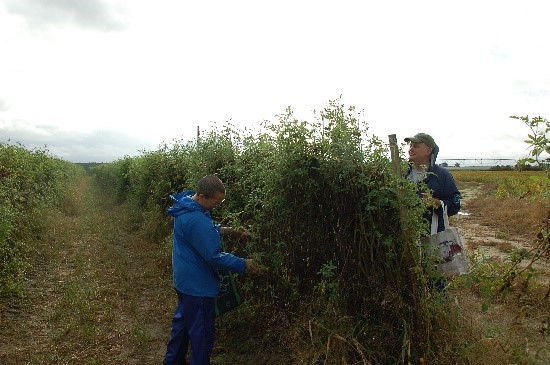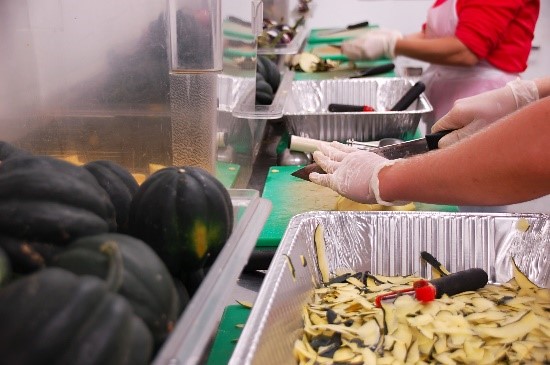Each year, federal employees across the United States donate millions of pounds of food to those in need as part of the Feds Feed Families food drive. Through this food drive, employees give in a variety of ways – from bringing in canned goods to “gleaning” leftover produce from already harvested farm fields. Local food pantries, emergency kitchens, and similar organizations then use this food to feed those in need in their communities.

USDA leads the federal government both in running the campaign and in donations. The 2018 food drive recently ended with USDA employees contributing nearly 2.5 million pounds to the grand total of 8.3 million pounds of food donated. ERS employees conduct research that helps us understand more about who is in need and how efforts like this help serve that population.
An estimated 11.8 percent of American households were food insecure at least some time during the year in 2017, meaning they lacked access to enough food for an active, healthy life for all household members. Rates of food insecurity were higher than the national average for single mother and single father households, women and men living alone, Black and Hispanic-headed households, and households in cities and rural areas.
In Washington D.C., the donations submitted by USDA employees go to local organizations such as the Capital Area Food Bank and D.C. Central Kitchen. The Capital Area Food Bank supplies food to a variety of food assistance partners, including local food pantries. ERS-published statistics reveal that 4.7 percent of U.S. households and 12.8 percent of single mother households visited a food pantry in 2017, as did 26 percent of food insecure households.
During a recent gleaning trip, ERS volunteers and others picked tomatoes and squash at a local farm. They harvested more than 1,600 pounds of fresh produce that would have otherwise been left in the field and gone to waste. Instead, it was delivered to D.C. Central Kitchen for use in meals the next day.
The average price per pound of grape and cherry tomatoes in 2016 was $3.48 per pound. Squash was $1.64 per pound. For the latest price information, visit USDA Market News.
Produce is a welcome addition to the meals provided by emergency kitchens, as ERS research finds that fruit and vegetables are under-consumed by most Americans, with even more of a dietary gap for poorer Americans.
DCCK participates in several USDA programs, such as the Food Insecurity Nutrition Incentive Grant Program and the SNAP Employment and Training Program, helping USDA to address food insecurity and its root causes. You can find more information about DCCK and the work that they do in their annual report.
You can learn more about food security by exploring ERS interactive data visualizations.

